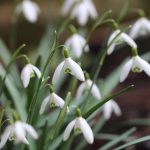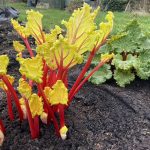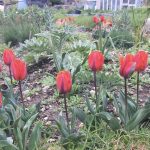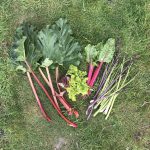It’s a tale of two parts to November; the first half can feel a lot like the height of autumn with mild days but at some point in the month, the harder frosts will arrive and the leaves will fall. At which point, winter is upon us.
Investigate autumn colour
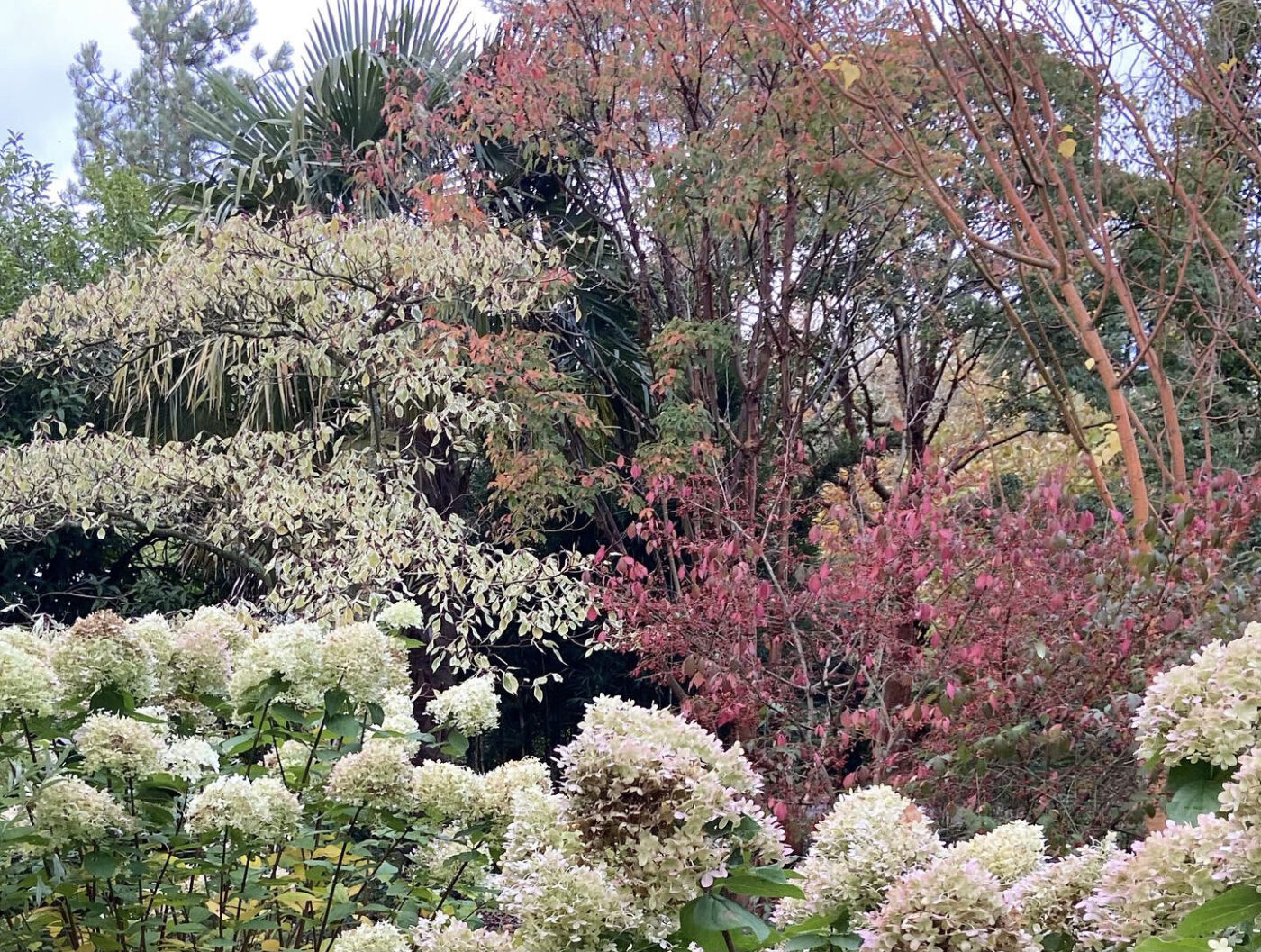
It’s incredibly hard to appreciate autumn colour from photos and this year, I’ve made a concerted effort to visit gardens and nurseries to explore shrubs and trees with the best colour. This fortnight is probably peak autumn before frosts bring all of the leaves down and birds eat all the berries.
Have fun finding fungi
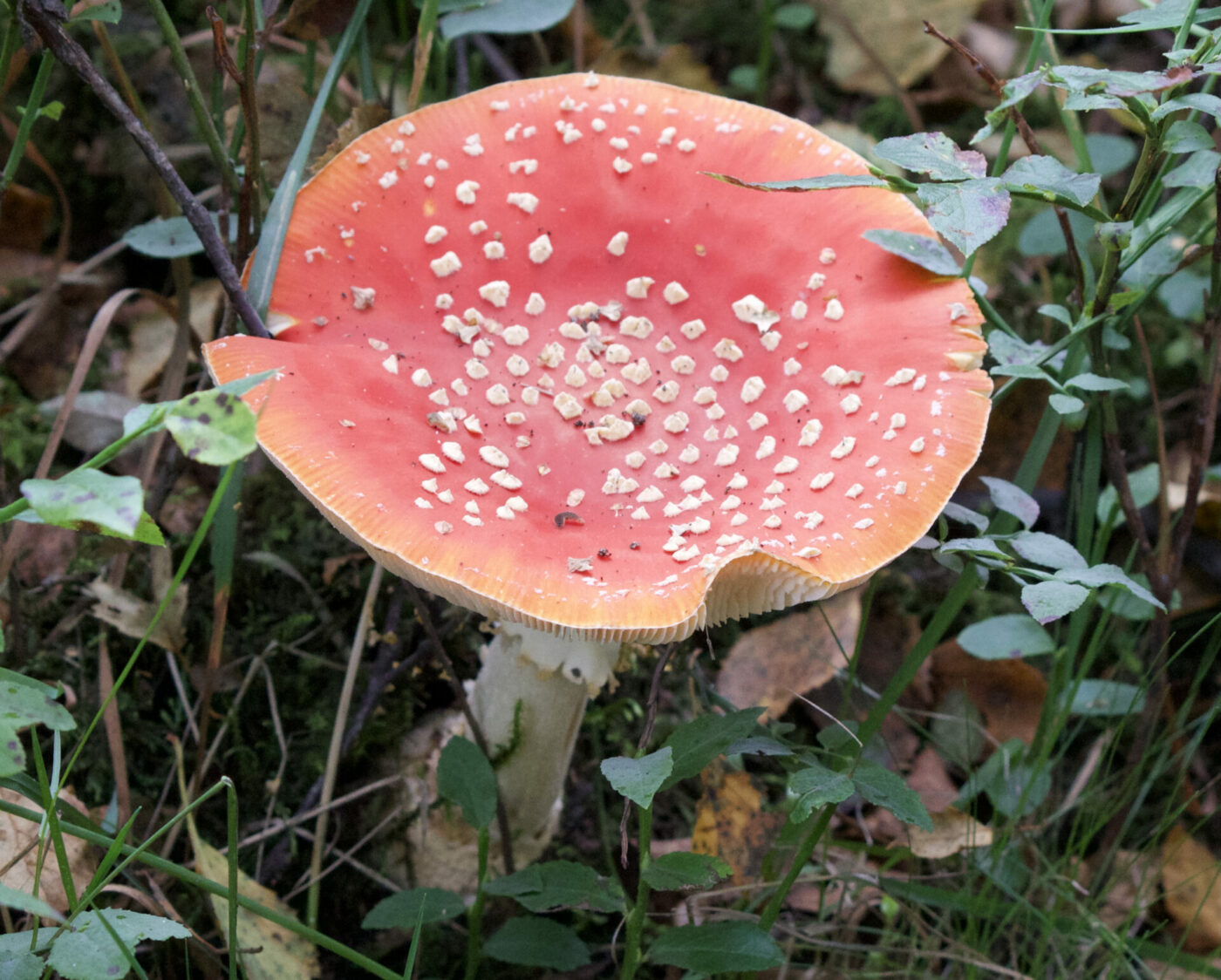
Now is a great time to look around the ground in meadows and woods for fungi. Once you start paying attention to them, there is a vast array of shapes, sizes, colours and patterns in the fungi world. Some are edible and some are extremely poisonous, so it’s worth doing your research before thinking about eating any. However, they’re fun to go looking for.
Sow overwintering legumes
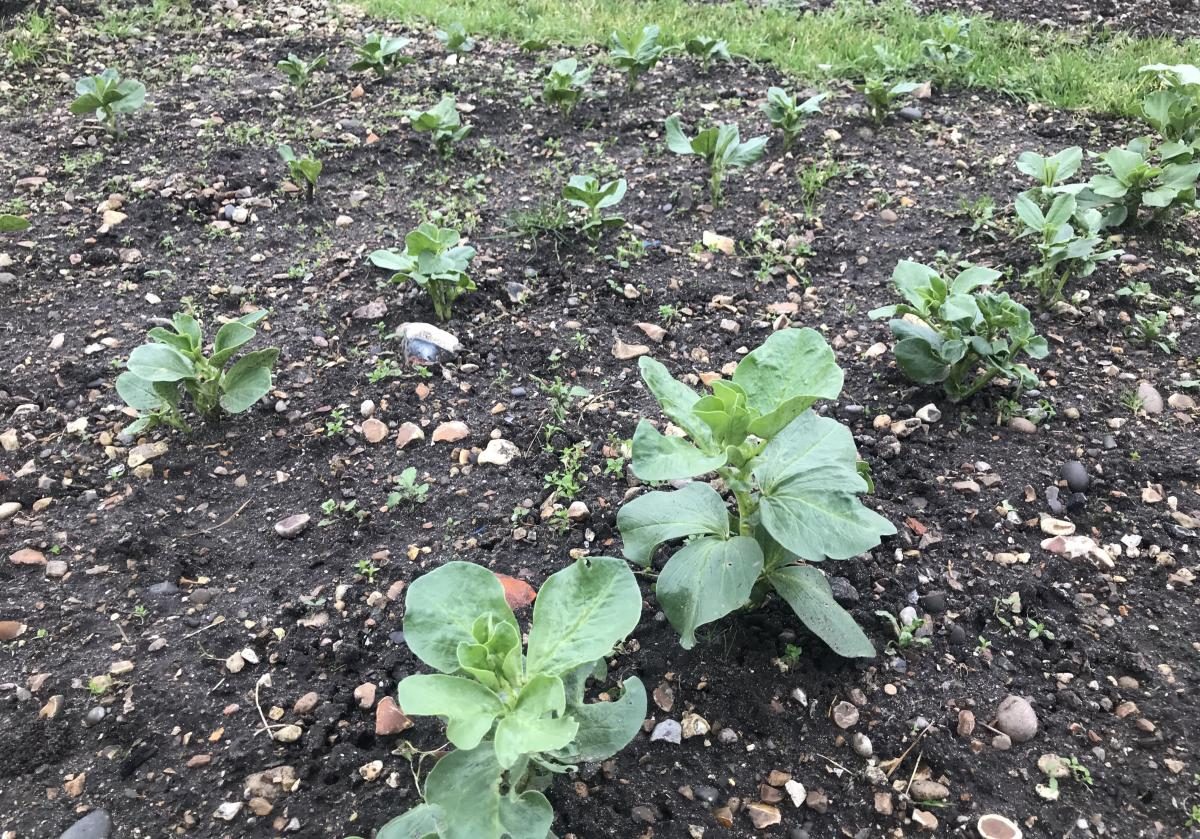
Pea ‘Meteor’ and broad bean ‘Aquadulce Claudia’ can be sown early in the month outdoors. In exposed spots or in particularly cold and wet weather, it’s worth covering them with horticultural fleece or a large cloche. On my old London allotment it was mild enough to grow them without any cover. For broadbeans, plant in a zig zag line for best use of space about a trowel length between seeds.
Winter salads
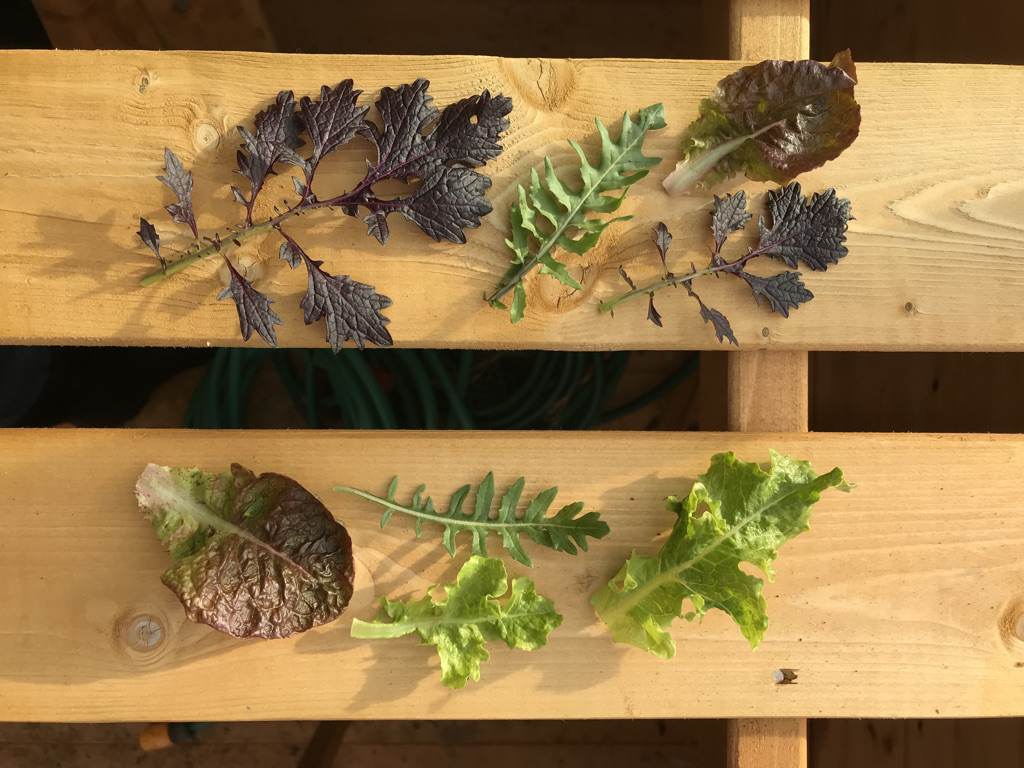
It’s too late to sow winter salad crops from seed but you may be able to find some plug plants from nurseries. These should be grown with protection in a cold green house or polytunnel, or under horticultural fleece or a cloche.
Weeding, mulching and covering
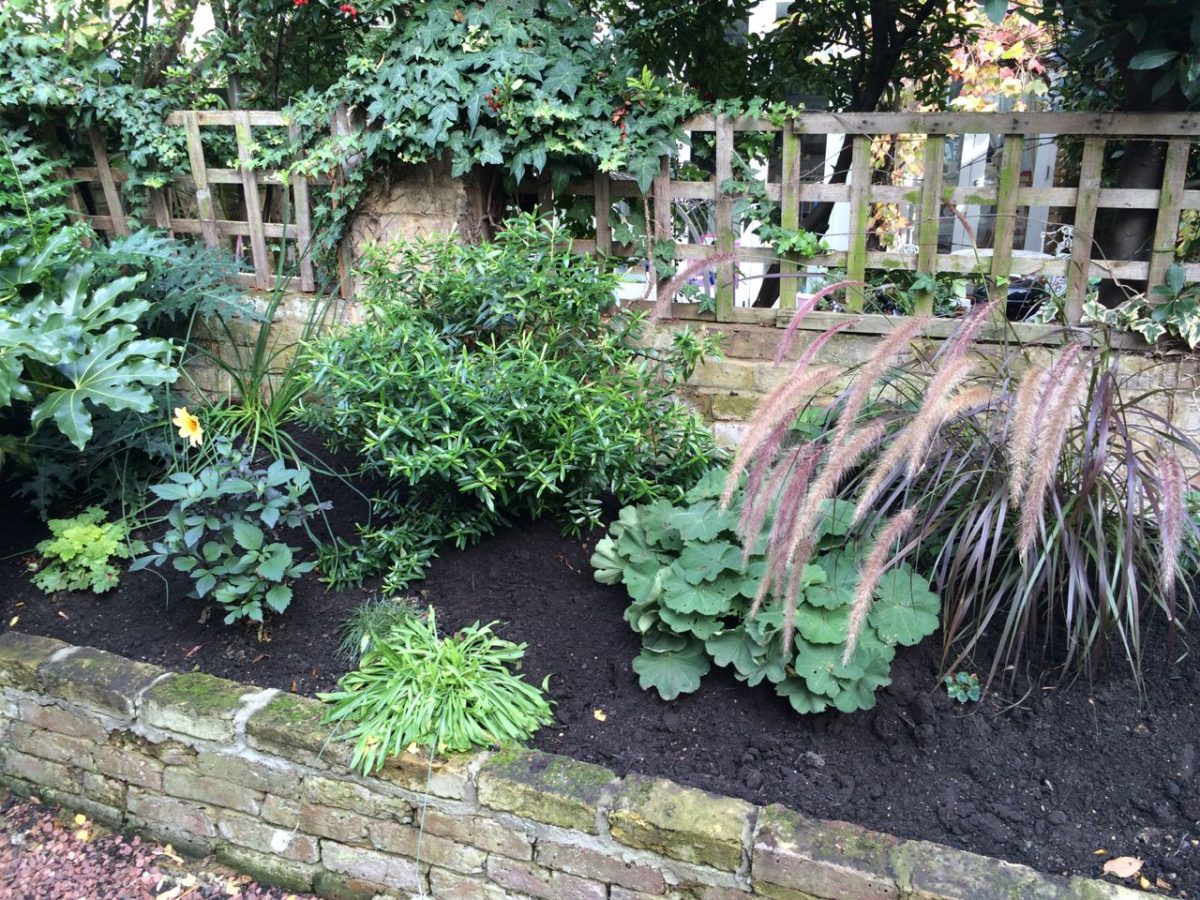
This is a good time to give borders a good weeding while they’re empty, which is often the case for many beds on a veg plot. Once fully clear of weeds, a good layer of compost mulch should keep them largely weed free until spring. A cover from weed suppressant matting also keeps the soil weed free over winter, ready to be unveiled in spring for planting.
Pile the compost heap high
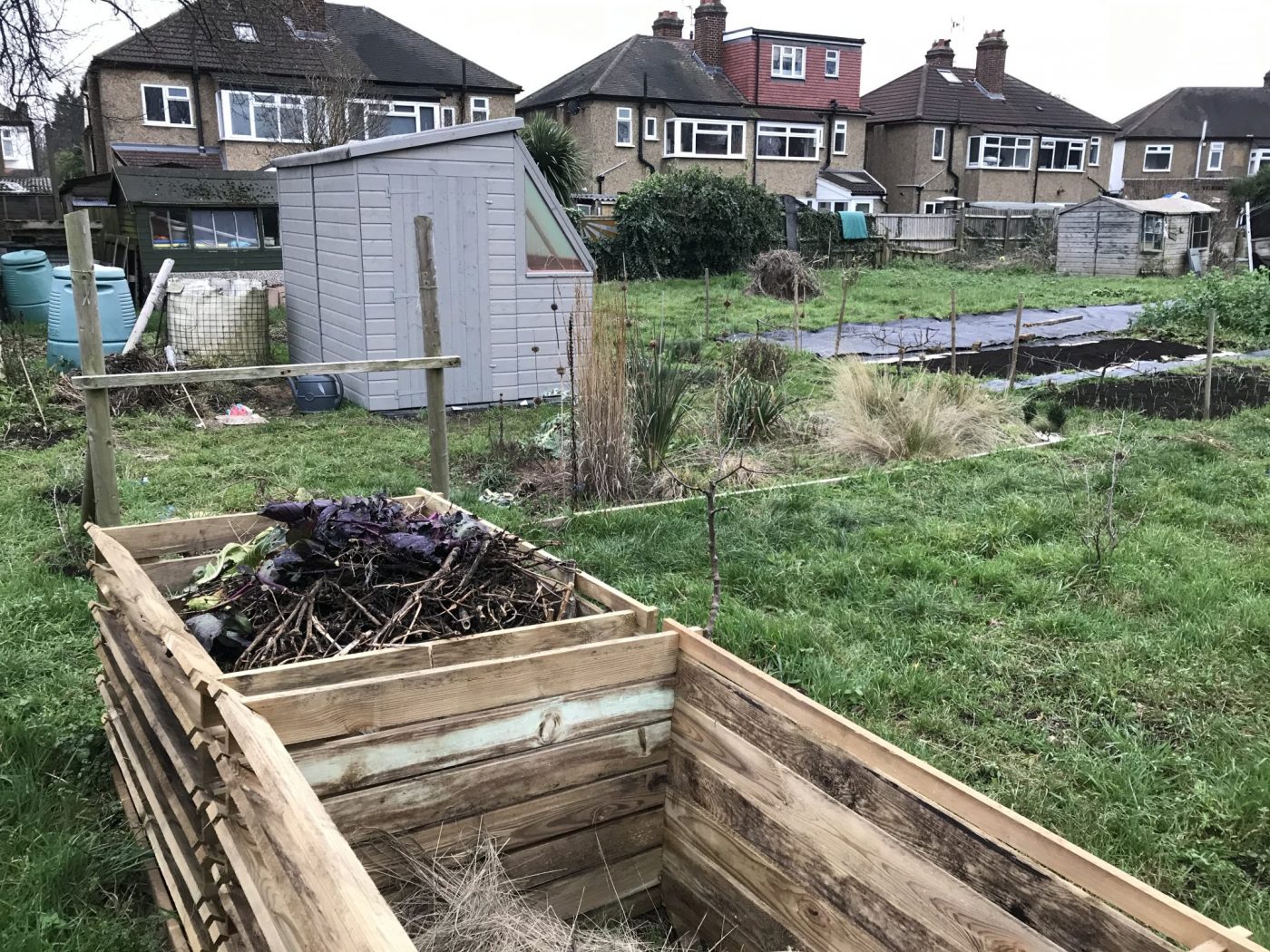
Scour the garden for any waste plant material now from hedge clippings or spent summer veg plants. Leave as many ornamental perennials a seed heads for wildlife to shelter in and eat until spring arrives. Fallen leaves this month are like gold dust, collect as many as you can for leaf mulch in a separate storage area for super fine compost. It can help to collect them up with a lawn mower, which also chops up the tougher leaves like oak and griselinia, which can take a couple of years to break down.
